Even though the “future” shown in the cult science fiction franchise Back to the Future (1985) by Robert Zemeckis has come and gone, some of the technology the team imagined has not yet been invented. However, some of the innovations foretold in the motion picture are here. We have collected some real-life counterparts of the movies’s coolest technologies.

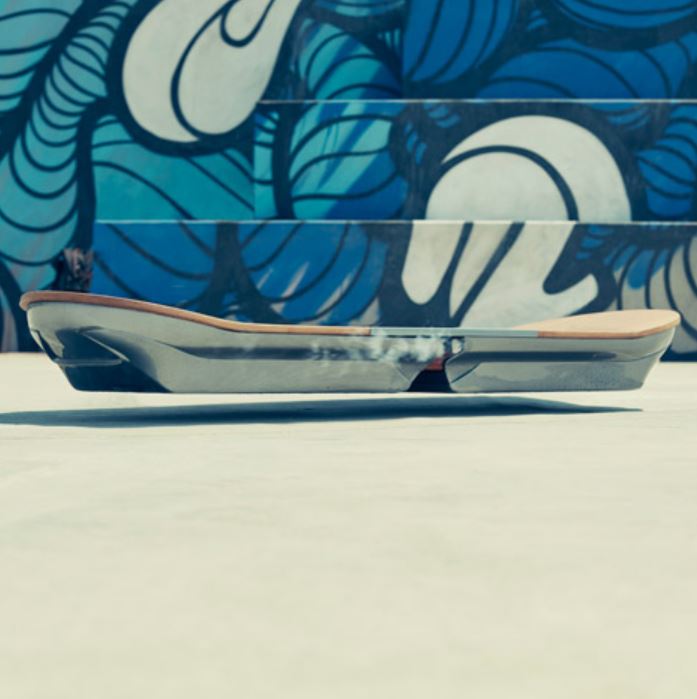
Slide hoverboard by Lexus (also header image)
A particularly popular method of transportation in Back To The Future Part II is the hoverboard, a device that takes the form of skateboards without wheels, floating softly above the ground. Japanese car brand Lexus worked with scientists from research institute IFW Dresden and magnetics specialists Evico to develop the board, which uses magnetic fields to levitate, just like Marty McFly did in the movie.

Slide hoverboard by Lexus
Named Slide, the hoverboard is shaped like a skateboard without wheels, but with a deeper profile that incorporates two cryostats – chambers designed to keep a “superconducting” material at -197 degrees Celsius using liquid nitrogen. At this low temperature, the material expels a magnetic field.

Slide hoverboard by Lexus
Unlike the movie’s hoverboard, Slide can only be used at a bespoke 200sqm magnetic skatepark specially built in Cubelles, Barcelona. The magnetic field from the track is effectively ‘frozen’ into the superconductors in the board, maintaining the distance between the board and the track – essentially keeping the board hovering. This force is strong enough to allow the rider to stand and even jump on the board. Clouds produced by the liquid nitrogen are emitted from either side of the board, adding to its futuristic appearance.
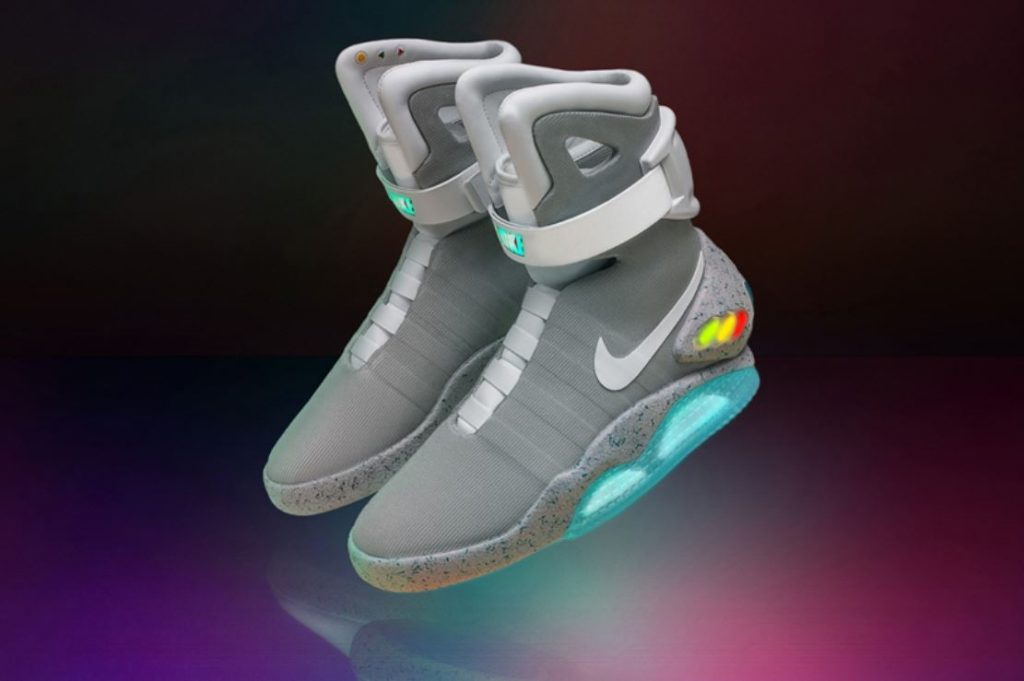
Nike mag self-lacing sneakers
Considered by moviegoers to be one of Hollywood’s most iconic shoes, self-tying shoes featured in the franchise have been launched by Nike. Released in a limited-edition release of 89 pairs, Nike mag responsive sneakers automatically laces and fits to the shape of each wearer’s foot.

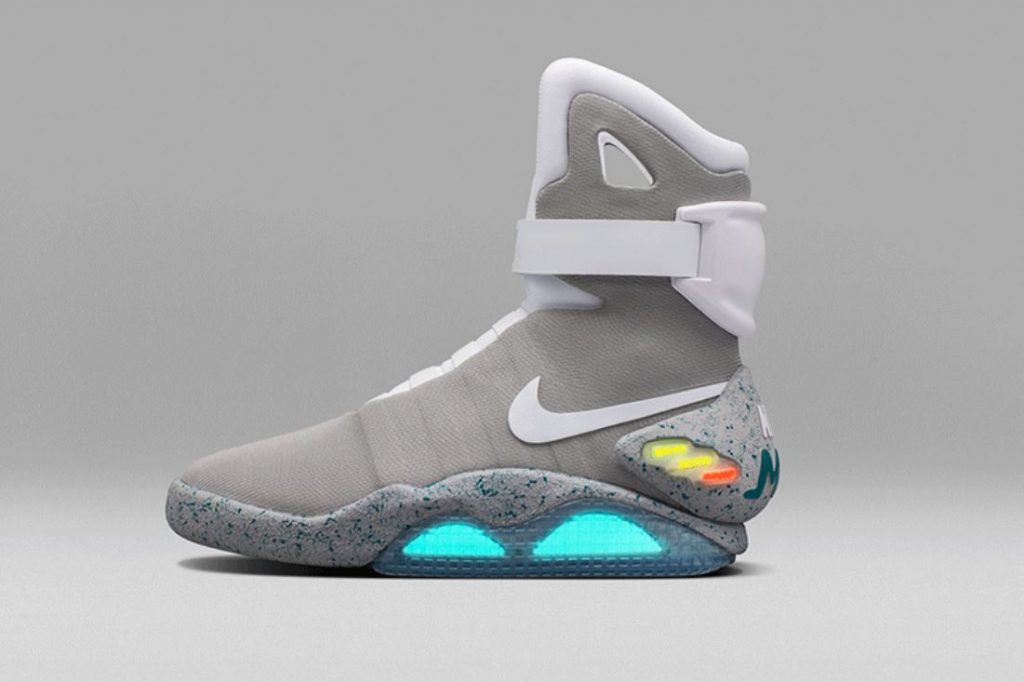

Nike mag self-lacing sneakers
Besides, the performance shoe features an individually responsive system that senses the wearer and tightens or loosens accordingly, using ‘adaptive fit.’ The ttechnology has been 10 years in development and is part of the company’s ‘era of personalized performance’, the sportswear brand claims.
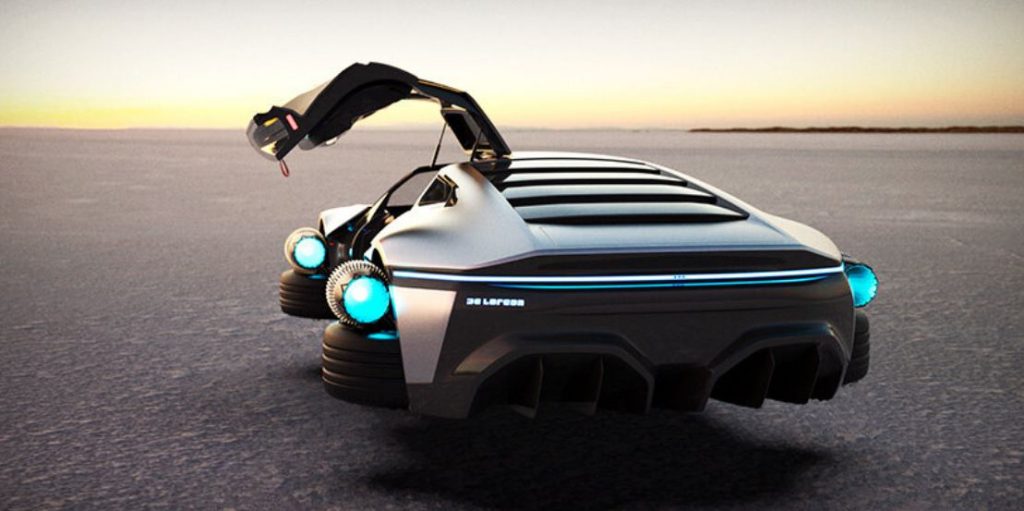
Tribute to DeLorean DMC21 by Ángel Guerra
One of the most tantalizing prospects in regards to future technology is the notion of a flying car. These airborne automobiles prove to be an exciting concept for many creatives. According to Thomas Frey, executive director of futurist think tank the DaVinci Institute, we shouldn’t expect to see either of those things, ever. However, designers keep fantasizing about the technological wonder.
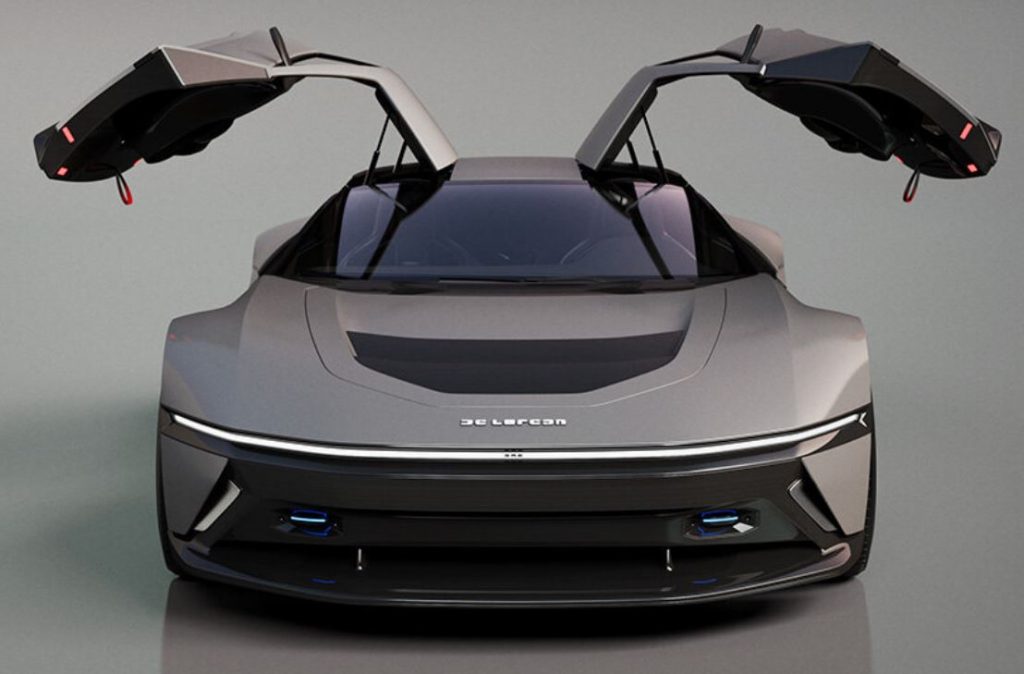
Tribute to DeLorean DMC21 by Ángel Guerra
Most famous car of the movies is of course Doc’s DeLorean DMC21, which made memorable appearance as a time machine. Manufactured for the American market from 1981 to 1983, the DeLorean DMC21 was a sports car designed by Georgetto Giugiaro featuring gull-wing doors and stainless steel body panels.
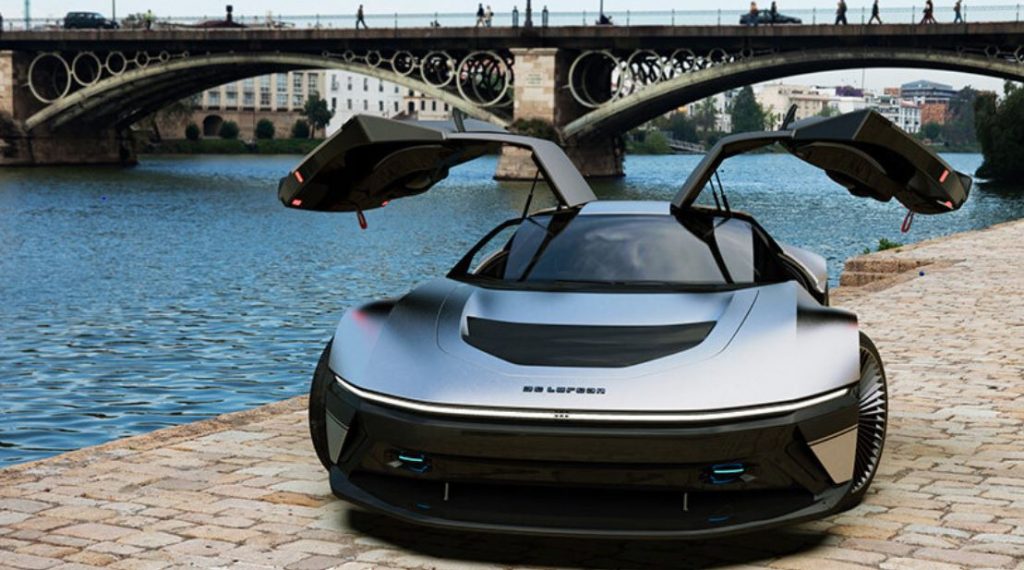
Tribute to DeLorean DMC21 by Ángel Guerra
For the 40th anniversary of the manufacture of that car that marked his childhood, Spanish car designer Ángel Guerra decided to honour the 1981 vehicle with his tribute project. In his spare time, he redesigned the DeLorean adapting it to the automotive world four decades later.